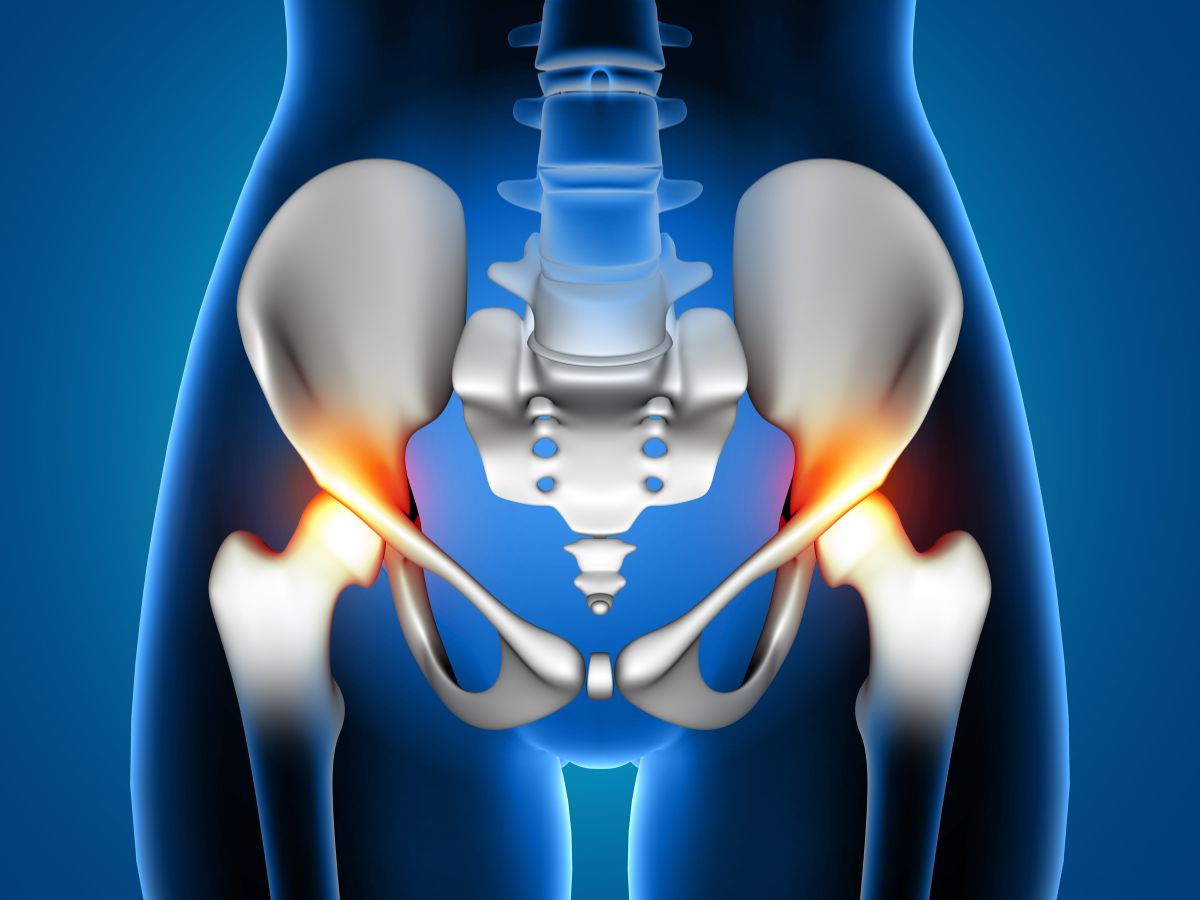
Total Hip Replacement Surgery: Causes, Procedure & Recovery Guide
When hip pain becomes more than an occasional source of discomfort and begins to shadow every step, simple acts like walking to the market, climbing stairs, or sitting cross-legged on the floor turns into daunting challenges. For many Indians, especially as osteoarthritis, fractures, or avascular necrosis progress, the idea of surgery often lingers at the back of the mind- surrounded by fear, uncertainty, and countless questions. While these concerns are totally valid, it is important to remember that total hip replacement surgery today has evolved far beyond its earlier reputation, offering patients not only relief from relentless pain but also a chance at reclaiming mobility, stability, and the confidence to lead active, fulfilling lives once again.
Total Hip Replacement Causes:
Conditions like osteoarthritis, avascular necrosis, or poorly healed fractures gradually grind away the cushioning and leave bone scraping against bone, and while painkillers, physiotherapy, or injections may offer temporary relief there comes a stage where these no longer hold back the relentless stiffness and pain. This is when hip replacement in Hyderabad or at a trusted centre elsewhere ceases to be a choice of convenience and becomes a necessity.
Total Hip Replacement Surgery Procedure:
Total hip replacement is a major surgical procedure that is done in steps. The preparation for it begins even before the first incision is made- in the form of detailed medical history taking and physical examination and with the extensive usage of good quality imaging- like X-rays, CT, MRI etc. After the extent of damage has been understood, the surgeon will talk to you about the anaesthetic agent that will be used, the type of implant that will be the most relevant in your case and will decide if an open or minimally invasive approach would be better.
The procedure itself will occur in steps- anaesthesia, followed by incision, removal of the affected ball shaped femur and the socket of the hip and making enough space for the new implants to be added in. Finally, the implant itself is added- which may be made of ceramic, plastic or metal. The total procedure takes about 60-90 minutes on average. Finally, the incision at the hip is closed and you will then begin recovery, slowly, but steadily.
Recovery Guide After Surgery:
Once the new joint settles in, life after a hip replacement is less about restrictions and more about intelligent choices, for patients are encouraged to walk, cycle, and swim but asked to avoid squatting for long periods, carrying very heavy loads, or subjecting the hip to repeated stress, and while the implants, whether a hip ball replacement or a hip bone replacement, are designed to last for 15 to 20 years or longer, their lifespan depends significantly on body weight, daily activity, and follow-up care with an orthopedic surgeon hip specialist, making it essential for Indian patients to maintain a healthy weight, practise low-impact exercise, and never neglect routine check-ups, so that the artificial joint continues to serve like a silent partner in every movement.
Hip replacement surgery – whether performed in a leading hip replacement hospital in Hyderabad or under the care of the best hip orthopaedic surgeon, is not merely about removing pain but about handing back dignity, mobility, and independence to those who thought their life would remain chained to a limping gait. With the combination of advanced surgical techniques, implants that mimic nature, and rehabilitation that empowers patients, the transformation is extraordinary – individuals who once struggled with every step find themselves walking freely, climbing stairs with ease, and living lives where the hip joint is no longer the obstacle but the enabler of movement, balance and freedom.
Frequently Asked Questions
The cost of getting a hip replacement surgery in India can vary widely and it is usually between ₹2.5 lakhs and ₹5 lakhs – influenced by whether the hospital is privately or government-run, experience of the surgeon, the choice between standard or advanced implants and the use of robotic techniques.
Modern prosthetic hips are built to endure significant strain, often lasting 15 to 20 years, and with newer materials such as highly cross-linked polyethylene and ceramic components, longevity can be even greater.
Most patients are encouraged to stand with assistance within a day or two of surgery, moving gradually from walkers to canes as weeks progress. By six to eight weeks, many regain near-independent walking ability, though full strength and balance restoration may take several months.
Robotic-assisted surgery has gained popularity for its precision in aligning implants, which can lead to smoother joint function and potentially fewer complications in the long run. However, outcomes still rely heavily on the surgeon’s expertise, meaning traditional methods performed by experienced hip orthopaedic surgeons remain equally effective.
Yes, simultaneous or bilateral hip replacement can be performed, but it is usually recommended only for select patients who are medically fit, as the procedure is longer and recovery demands are greater. While it can save time compared to two separate surgeries, risks such as blood loss, infection, or cardiac strain are slightly higher.

